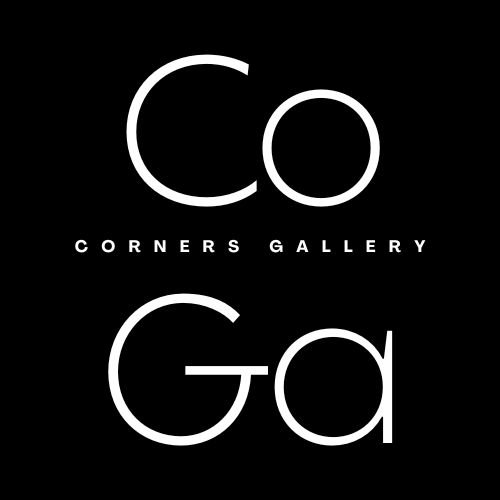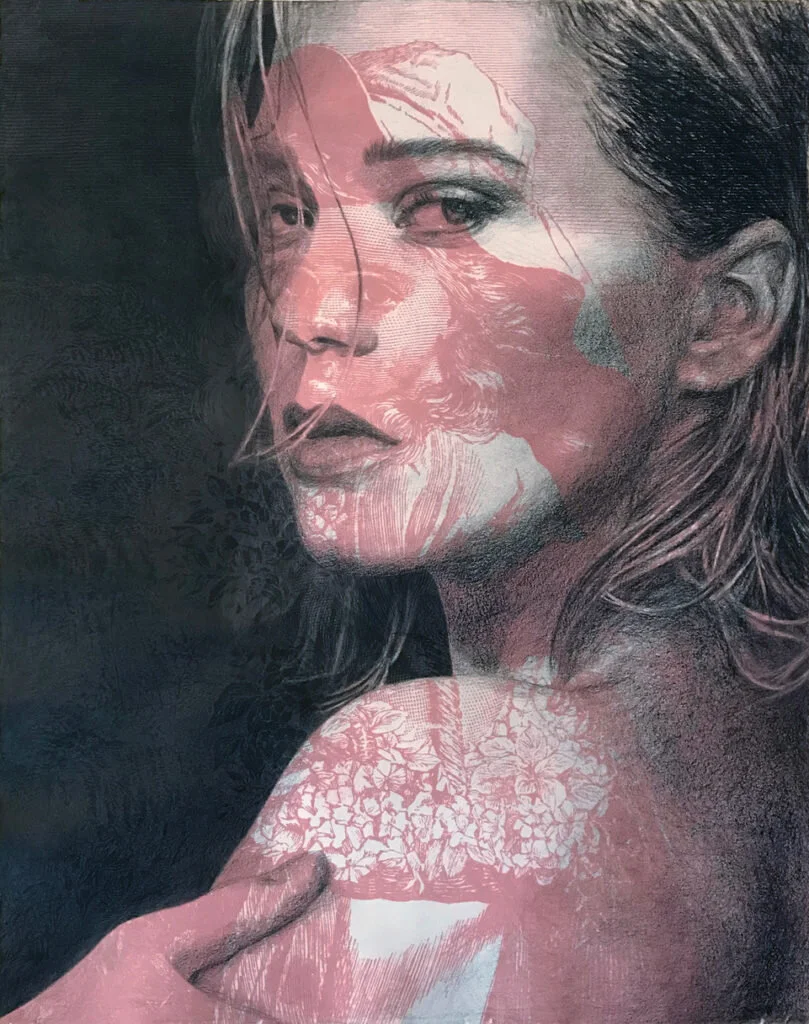Minna Resnick
Facade, 19" x 15", mixed media drawing on paper, 2020
BIOGRAPHY
Minna Resnick is an artist and printmaker who has lived in Ithaca, NY, since 1987, where she also maintains her studio. She has shown both nationally and internationally and has work in over 50 public and private collections, including the American Council on Education, Washington, DC, and the United States Information Agency. Her work is represented in the permanent collections of the Brooklyn Museum, NY; the Denver Art Museum, CO; the New York Public Library; the Newark Museum, NJ; the Victoria and Albert Museum, London, England; and Kunsthaus Grenchen, Switzerland. Resnick’s work is also represented in over 30 university and municipal collections. In 1980, she was the recipient of a National Endowment for the Arts Fellowship and she received New York Foundation for the Arts Fellowships in 1991 and 1995. In 1999, she was awarded a Constance Saltonstall artist fellowship. Most recently, in 2007 and 2009, she organized an international printmaking exhibition and related symposium in China. In 2013, Minna exhibited in PrintEd: HERE -- Contemporary Prints from the US, Turkey and Ireland as well as in Lithography: Here & Now, an exhibition of lithographs printed at RBPMW in the last five years, Robert Blackburn Printmaking Workshop Gallery, 323 W. 39th Street, New York. In 2014, Minna participated in the in the Seventh International Printmaking Biennial of Douro, Portugal. Resnick continually gives lectures and workshops around the US, and teaches part-time.
Minna Resnick speaks for The Interview Series, May 2020
- How did you become an artist?
I apparently was always doing artwork. My parents kept a news article about my poster being selected for some competition when I was in second grade. I personally remember entering artwork for competition starting in junior high school. In high school, I was selected to attend special extracurricular art classes every year. My parents were always very encouraging. I was convinced that if I drew on a piece of toilet paper, they would hang it up. (They would have!)
-Was there a particular piece / body of work / experience that inspired you?
I can’t pinpoint any specific body of work that has inspired me, since at every stage of my practice, it has changed. What I do remember, though, was when I two years out of art school, I was living/working in Amsterdam over the summer, and I spent an entire day at the Rembrandt House, slowly marveling over his etchings. I came out of the museum and said to my husband that I should just cut my hands off at the wrist, since I his work was so profound and astonishing, and that no matter what I did, I would never ever be able to accomplish a tiny proportion of his vision. But I did resolve to work as hard as I could to do the best with what I had.
-What images or things do you keep in your studio that influence your work?
Oh, dear. Several years ago, I finally put up a wall of images that would remind me of what I should be paying attention to: strong compositions, color schemes, drawing references. It’s a hodge-podge that I now look at on occasion, just to pay attention to what is possible and not what is comfortable.
- What positive outcome do you hope will occur due to the pandemic experience?
Actually, aside from missing my daily gym class, and going to shop for food whenever I wanted, my schedule has not changed much, since my studio is in our home. What has changed is that I sometimes have a hard time concentrating and holding out thoughts of world calamity and the chaos and damage to everyone here in the U.S. Even if I can hold those thoughts at bay, it has entered my current work, which has been a bit on the starker side. I am hoping to be able to soon bring some sense of humor, or lighter attitude, back into my work. I am so lucky that my studio is my oasis and I’m able to seclude myself into my own world and mak eart. And that’s a privilege I am very well aware of.
ARTIST'S STATEMENT
Communication is elusive, dependent on historical and cultural contexts. One generation's verbal and visual mundane may be opaque to another generation. My work interrogates inter-generational expectations and realities through the romanticized prism of illustrated early- and mid-twentieth century manuals on home management, décor, repair, health, education and etiquette. It uses actual text from these sources for conception and provides the title for the work. Recently, there have been two developments. I have added wallpaper, especially toile, as source material. The romanticization of domestic history is particularly marked in toile wallpaper patterns and thus integral to my work. I have also invented my own patterns, combining and layering decorative work and figuration from many unrelated sources. I have combined images from one era with another, or linked them with diagrams, to encourage information displacement and disorientation, similar to information overload in today's easy data access. Remixing the narrative creates new associations. Each method changes and deconstructs any hierarchy of information.My work has always focused on language. The earliest works examined body language, non-verbal but specific and communicative nonetheless, to inform the narrative. The subject of personal introspection and engagement slowly evolved into concerns about women’s reactions and accommodations to their cultural environment, thus examining the dual nature of a woman's personality, the private and the public. Current work uses actual text as the impetus for conception and it now connects and gives substance to the pictorial imagery.Historically, I have worked in two separate mediums: lithography and drawing. For over fifteen years I was primarily concerned with a woman’s internal life, and my imagery, in both my drawings and prints, had a singular focus and was presented in a realistic space. However, after my interests started to change, to address the dual nature of a woman, I created a different kind of space in which I could address concurrent realities. In 1990, prompted by that artistic change of direction, my picture plane fell apart. This provided me the visual means to present multiple layers of conflicting experiences. In 1993, I began combining lithographic and drawn images to create narrative sequences. This fused the repetitive statement inherent in printmaking with the ability of restatement through drawing, which changed context. My visual format remains the same as, more recently, my interests have incorporated addressing the intergenerational evolution of women’s roles as language and meaning change.
SELECTED WORKS
Click here to view more work by Minna Resnick.

